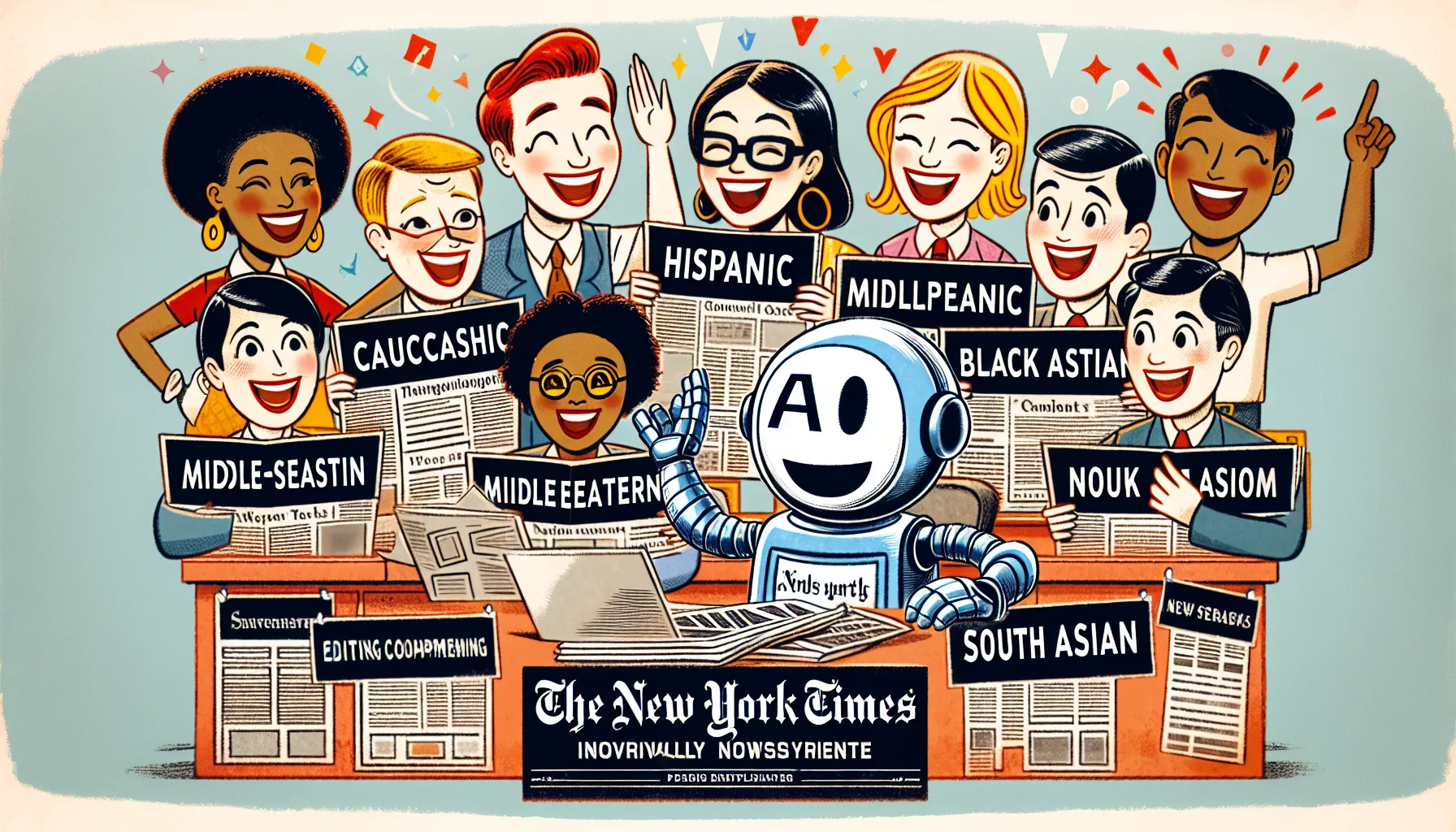Introduction
The integration of artificial intelligence (AI) into journalism is reshaping how newsrooms operate globally. The New York Times recently embraced this trend by approving the use of AI tools within its newsroom, aiming to enhance various editorial tasks. This development signals a shift towards more efficient and consistent news production processes.
The Rise of AI in Journalism
AI has become an indispensable asset in the journalism sector, offering tools that streamline tedious tasks such as editing and summarizing information. Journalists are now able to focus more on in-depth reporting by leveraging these advanced tools for tasks that used to consume significant time and resources.
AI Training for Staff
According to a report by Semafor, The New York Times has initiated AI training programs for its product and editorial personnel. The training aims to familiarize staff with the applications of AI in editing, coding, and crafting news content effectively.
Introducing Echo: The Internal AI Tool
The New York Times introduced Echo, an innovative AI system designed to assist in summarizing articles and briefings, ensuring that the information shared is concise and accurate. Echo’s ability to quickly distill core points from extensive articles is expected to be a game-changer in news delivery.
Impact on Journalism
The adoption of AI by such a prestigious publication underscores the growing importance of technology in journalism. AI not only streamlines operations but also enhances the quality and reliability of news reports. As more media outlets explore AI solutions, the landscape of journalism continues to evolve towards a more tech-savvy future.
Conclusion
The New York Times’ foray into AI-fueled editorial processes sets a precedent in the newsroom. This integration is not merely about keeping up with technological advancements but about redefining the very core of news production to meet the demands of a fast-paced world.

